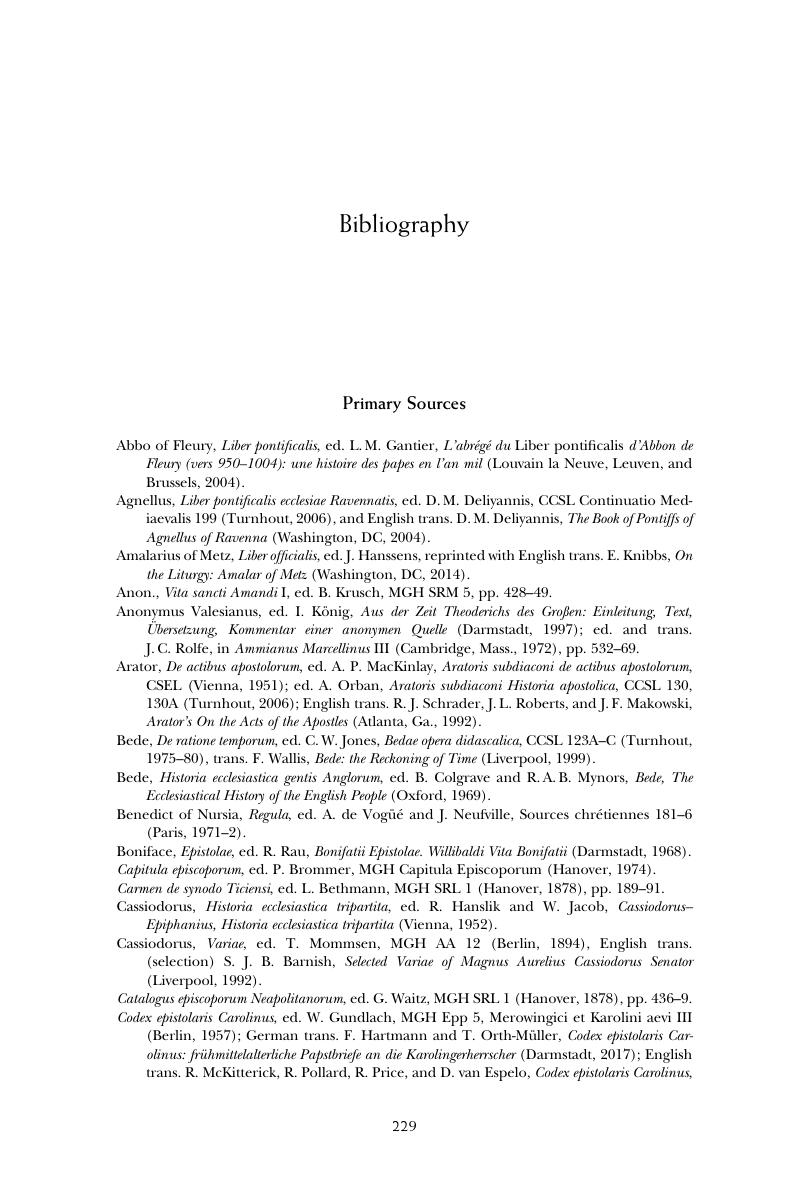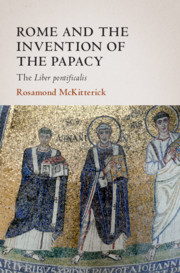Book contents
- Rome and the Invention of the Papacy
- The James Lydon Lectures in Medieval History and Culture
- Rome and the Invention of the Papacy
- Copyright page
- Dedication
- Contents
- Maps
- Preface
- Abbreviations
- 1 The Liber pontificalis
- 2 The Liber pontificalis and the City of Rome
- 3 Apostolic Succession
- 4 Establishing Visible Power
- 5 Bishop and Pope
- 6 Transmission, Reception, and Audiences
- Conclusion
- Bibliography
- Index of Manuscripts
- General Index
- References
Bibliography
Published online by Cambridge University Press: 04 June 2020
- Rome and the Invention of the Papacy
- The James Lydon Lectures in Medieval History and Culture
- Rome and the Invention of the Papacy
- Copyright page
- Dedication
- Contents
- Maps
- Preface
- Abbreviations
- 1 The Liber pontificalis
- 2 The Liber pontificalis and the City of Rome
- 3 Apostolic Succession
- 4 Establishing Visible Power
- 5 Bishop and Pope
- 6 Transmission, Reception, and Audiences
- Conclusion
- Bibliography
- Index of Manuscripts
- General Index
- References
Summary

- Type
- Chapter
- Information
- Rome and the Invention of the PapacyThe <I>Liber Pontificalis</I>, pp. 229 - 256Publisher: Cambridge University PressPrint publication year: 2020



